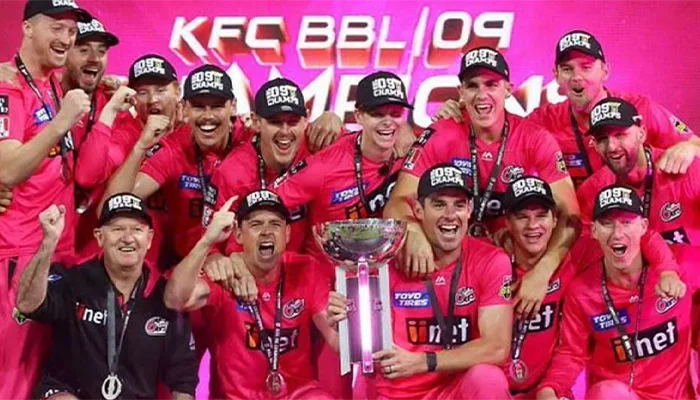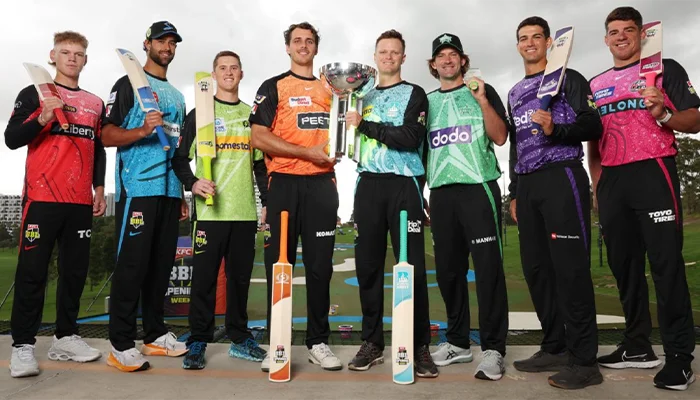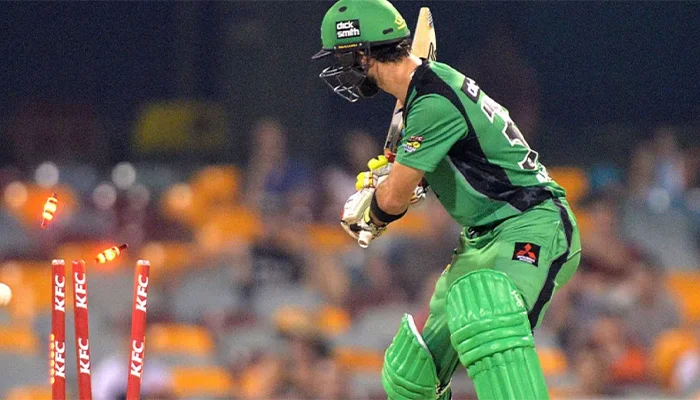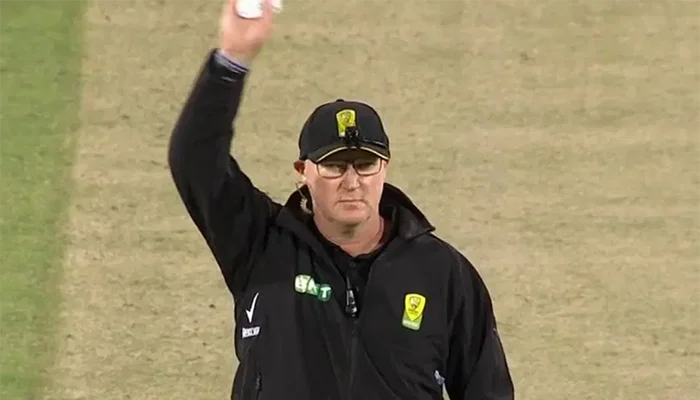Is the Big Bash League's New Rulebook Changing Cricket Forever?

(Sydney Sixers team celebrating after winning the BBL Title)
In the current era of cricket, the T20 League has got the upper hand in bringing the new generation of cricket lovers to the stadium. With the 12 months of the calendar being grabbed by the T20 Leagues, the fans have started seeing it as a major portion of the game. Test and ODI cricket have now taken a backseat nowadays as the big T20 Leagues such as the Indian Premier League, Big Bash League, Pakistan Super League, and others have now been transforming cricket by providing a chance for the players to get a stage and perform at the biggest levels. By providing thrilling matches and star-studded lineups, T20 leagues have transformed cricket into a captivating spectacle that captures the imagination of fans worldwide. With their fast-paced action and electrifying atmosphere, these leagues continue to shape the future of cricket, attracting a diverse audience and ushering in a new era of the game.
Introduction to Big Bash League
With the start of the Indian Premier League, the Australian Cricket Board monitored it closely and introduced the Big Bash League in 2011 which followed the same format as that of IPL. The Big Bash League replaced the previous KFC Twenty20 Big Bash tournament, introducing eight city-based franchises in place of the previous six state teams. Since its inception, KFC has been the league's proud sponsor.

(Captain’s photoshoot in the Big Bash League)
Notably, in the 2016/17 season, the Big Bash League, alongside the Indian Premier League, ranked among the top ten domestic sports leagues in terms of average attendance. This change not only expanded the league's scope but also increased its commercial appeal and popularity among cricket fans. With its city-focused franchise system and strong sponsorship, the Big Bash League has become a dominant force in cricket, captivating audiences with its fast-paced matches and star-studded teams.
New Rules of the Big Bash League
Big Bash League has always been an event that has brought new rules to the game of cricket. From zing bails to flipping the bat for toss, the fans have seen everything here and every season the Australian Cricket Association works together to bring something new. These progressive changes not only enhance the excitement of the game but also reflect the league's commitment to evolving cricket. From technological advancements to unique match rituals, Big Bash League continues to captivate audiences with its forward-thinking approach.
1. X-Factor Player Rule
Recently, the Big Bash League introduced the feature of an X-Factor player where the teams are allowed to name their best 12 or 13 before the match and during the game, the teams have the chance to substitute one of their players from the playing XI to allow the X-Factor player to make an impact on the game. In the Big Bash League, the X-Factor substitution rule is straightforward: the player being replaced must not have batted yet and cannot have bowled more than one over. Once these conditions are met, the X-Factor substitute can join the game, bowling up to four overs and taking a spot in the batting lineup.
Initially slow to catch on, the rule gained popularity as the 2020/21 BBL season progressed. It's primarily used by fielding teams, especially when they need to adapt to the match conditions. For example, if they've chosen too many seamers on a spin-friendly pitch, they can bring in a spinner as the X-Factor. This strategic move aims to improve the team's performance by better aligning their bowling lineup with the demands of the game. Even in the Indian Premier League, the teams have got the Impact player rule and hence this has been the revolution in the league.
2. Timed-Out Rule
Already a certified rule in the game of cricket, the Timed-out rule was first introduced in the BBL in the 2020-21 season where a batter has to reach the crease within 60 seconds of the previous batter getting out. In an effort to speed up cricket matches, a new rule requires batsmen to reach the crease within 60 seconds. Failure to do so results in the bowler receiving a free delivery, potentially leading to the batsman's dismissal if the stumps are hit. While the specifics of this rule are still being discussed, opinions vary among players, officials, and fans. Some see it as a positive step to maintain viewer interest, while others worry about its impact on the traditional pace and strategy of the game.

(With the timed-out rule, the new batter has to reach the crease within 60 seconds)
However, most agree that speeding up games is important. Some want stricter rules to make sure matches go faster. Others want to keep the spirit of the game alive. The aim is to find a good balance between making the game quicker and keeping it fun. As these talks go on, cricket authorities are working to make sure matches are fast and enjoyable for everyone.
3. Bash Boost in BBL
In the bash boost point rule that has been introduced in the Big Bash League, the teams have the chance to gain an extra point in the match and hence it’s the rule that has proved to be decisive in different matches played in the league. The Bash Boost is a bonus point awarded to the team performing best after the first ten overs. At the end of the tenth over in the second innings, scores are compared, and the team with the highest total earns the Bash Boost point.
While opinions on this rule differ, it has notable advantages. Even if a team batting second loses early wickets, they can still secure the Bash Boost, providing a consolation even in a potential loss. This rule encourages aggressive scoring throughout the match and ensures that matches retain excitement, even if one team seems to be in control early on.
4. Power Surge Rule
Just like the Powerplay where only two fielders are allowed outside the 30-yard circle, there is a new rule of the Power Surge rule where the teams have the opportunity for two overs to have only two fielders outside the 30-yard circle. The Power Surge rule essentially offers teams a second chance at a batting Powerplay. It allows for a two-over period where the fielding team is restricted to having only two fielders outside the 30-yard fielding circle, with at least nine fielders inside. The batting team can opt for the Power Surge anytime from the 11th over onwards, but they must decide at the start of the over, giving the fielding team a chance to adjust their plans.

(Umpires making a signal for the Power Surge rule)
However, as a trade-off, the initial Powerplay at the start of the innings is shortened to four overs. This rule adds an intriguing tactical dimension to the game, as teams must strategically assess the match situation to determine the optimal timing for the Power Surge. It introduces a new layer of strategy and excitement, allowing teams to adapt their approach based on the evolving dynamics of the game.

Comments
Sign up or log in to your account to leave comments and reactions
0 Comments